Audi e-tron SUV: see inside the marque’s first fully electric car
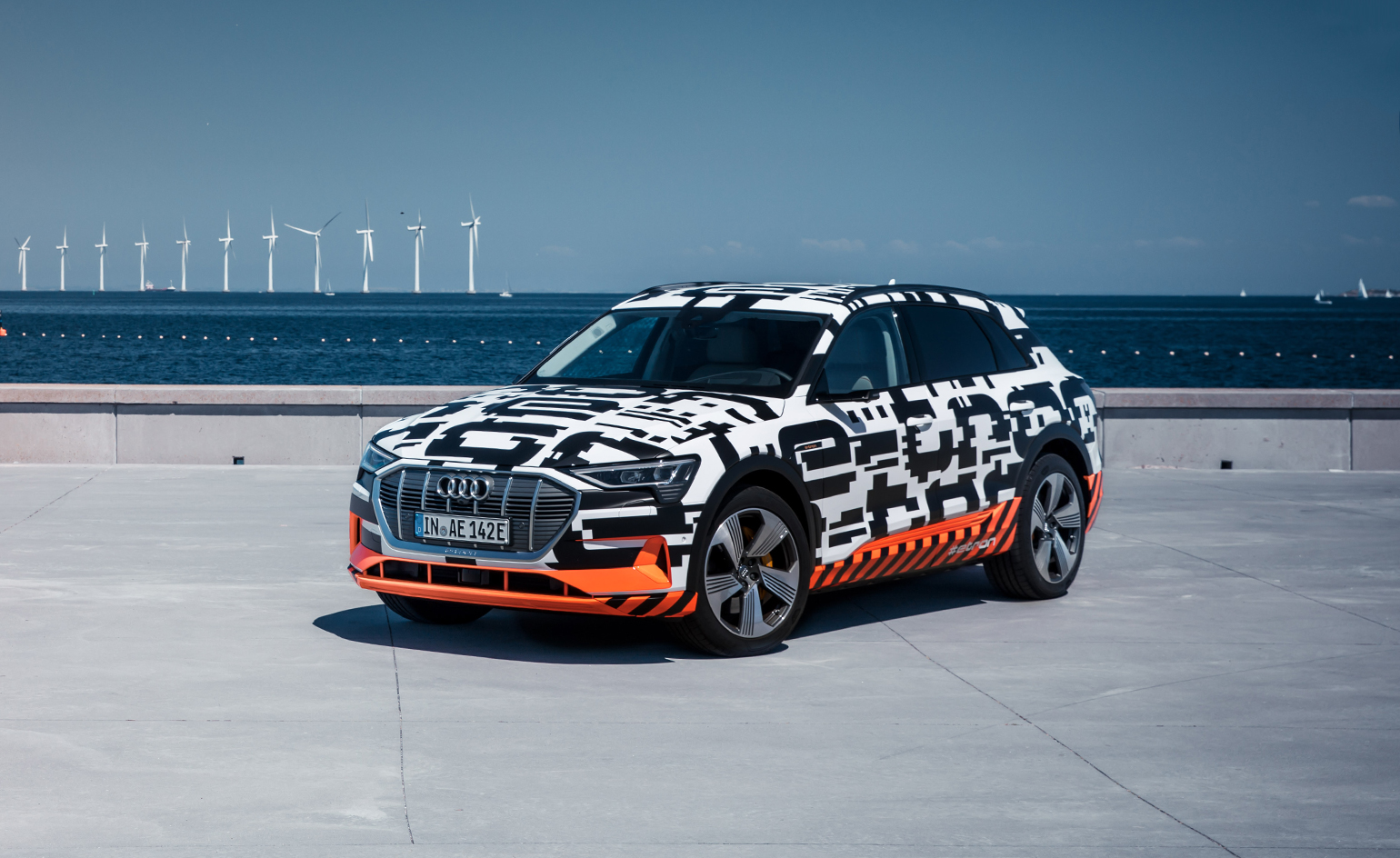
‘The best digital car interface,’ explains Rupert Spielvogel, ‘is the one you won’t notice; surfaces that are almost invisible.’ The Audi user interface developer is driving us around Copenhagen in a prototype e-tron. We head out to the coast observing sun-kissed locals cruising by on bicycles through the digital rear-view mirror – a screen so clear you feel immersed in the surroundings. The car is utterly silent too, bar for the light sound of the tires and the gentle hum of the electric motors. We tap on the sound system on the digital centre display, receiving a light haptic response, and opt for the 3D surround as the cabin floods with music.
This is the e-tron SUV, Audi’s first pure electric model. The marque has been teasing us with the promise of an all-electric family for some time, showing conceptual studies as far back as 2009. These were pioneering products and a touch avant-garde, displaying what was then considered to be the electric car vernacular – super aerodynamic in shape with lots of visual clues as to the sustainable drivetrain. Even though the e-tron project has taken some time to materialise, Audi expects every third car it sells to be electrified by 2025.
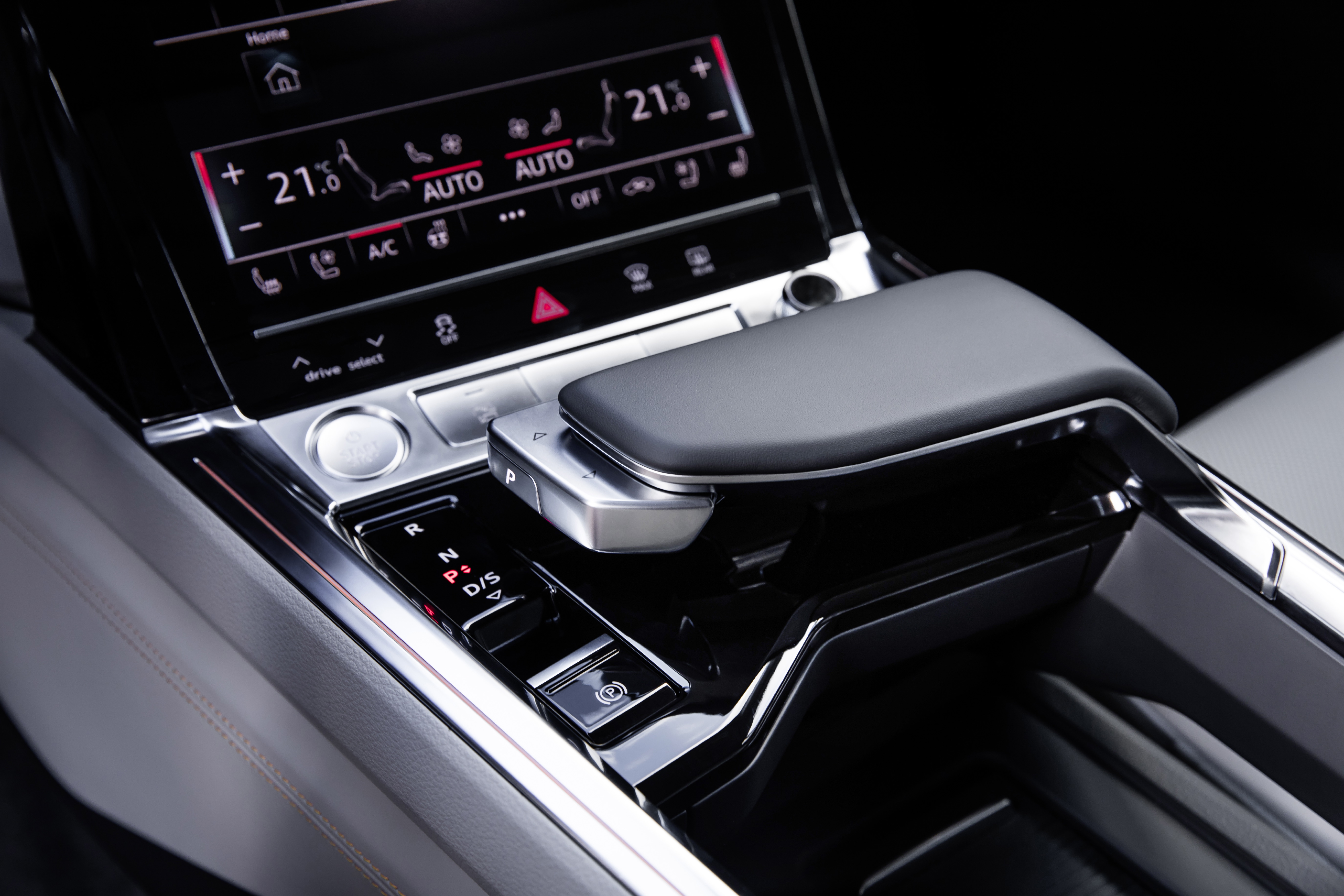
This SUV is powered by a 95 kWh battery pack promising a 249-mile range on a single charge, and recharging from flat to 80 per cent in less than half an hour at a DC charging stations. The complete e-tron product will be revealed next month before going on sale later this year, but for now, Audi is focusing on the advanced interior with Copenhagen, the ideal location to talk about progressive design and sustainability. The city benefits from a thorough network of cycle lanes; there are more pushbikes than cars here, and benches double up as wireless charging zones.
In the absence of a conventional engine, the e-tron interior is an open cabin space to seat five adults comfortably and there is ample luggage space at the rear and at the front. Audi excels at interior design, and this is no exception. The e-tron dashboard is an evolution of the floating virtual cockpit first introduced on the TT concept four years ago, which then materialised inside the A8, A7 and Q8. It is a brilliant piece of product design; a generous arc wrapping around the cascading instrument panel – the horizontal lines spanning the sculptural door trims. It incorporates the virtual cockpit that hovers in the space in direct view of the driver.
Interior designer Thomas Pinel says the focus was on visually expressing the lightness and sustainability of the car. Everything therefore feels weightless and many of the elements hover in space including the centre console, which incorporates a rather practical hand rest that doubles as a gear-change leaver. The cabin is driver-focused with the MMI touch response displays angled subtly enough not to isolate the front passenger. The graphical user interfaces are clearly structured so that the information can be assimilated quickly. All pictograms are precisely dimensioned; a few are subtly animated.
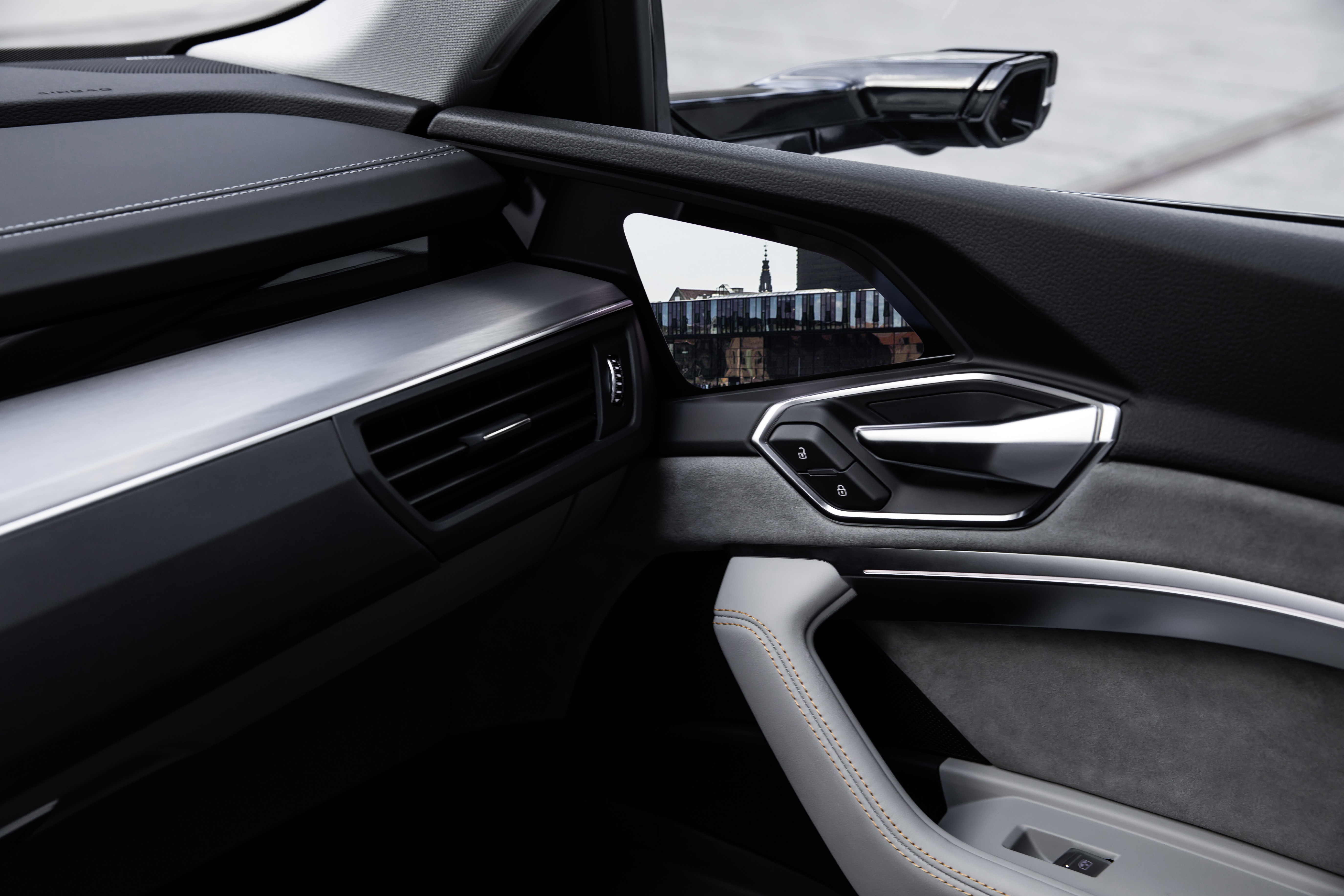
The optional virtual exterior mirror is one of the main highlights of the e-tron, introducing a pioneering technology used for the first time in a volume-production car. They function through small integrated cameras whereby the image is digitally processed and displayed on high-contrast seven-inch OLED displays in the interior. These are smart mirrors able to adjust seamlessly to darker environments and tilt automatically when parking. They can be adjusted via the touchscreen to the driver’s height, and the image detail can be moved for the required field of vision. It gives superior vision eliminating the need for, often clunky, side mirrors and helps with overall aerodynamics.
Sound is also a focus here. To fully experience the acoustics, Audi has laid on a special event. We are driven onto the stage of the Royal Danish Playhouse where singer songwriter Tom Grennan performs live as we listen to his recordings inside. The e-tron body has undergone special soundproofing and sealing in all zones that could transmit noise interference. Some 16 loudspeakers and an amplifier delivering up to 705 watts of power have been installed to enable the Bang & Olufsen 3D Premium Sound System reproduce the music in perfect reproduction and without any artificial effects, as we experience through Grennan’s performance.
The e-tron SUV only makes subtle design departure from Audi’s mainstream models inside and out. The electric car we experience today has much more in common with a conventional motor car than the original conceptual ideas presented a decade ago. The advanced digitalisation is appropriate, yet this would have been a great opportunity to explore novel sustainable fabrics too, premium materials that express Audi in the age of electrification. The marque says it will push design and technology forward as consumers ease into the idea of driving battery-run Audis. This e-tron might not be a mould breaker, but feels like an appropriate flagship for the first wave of electrified cars.
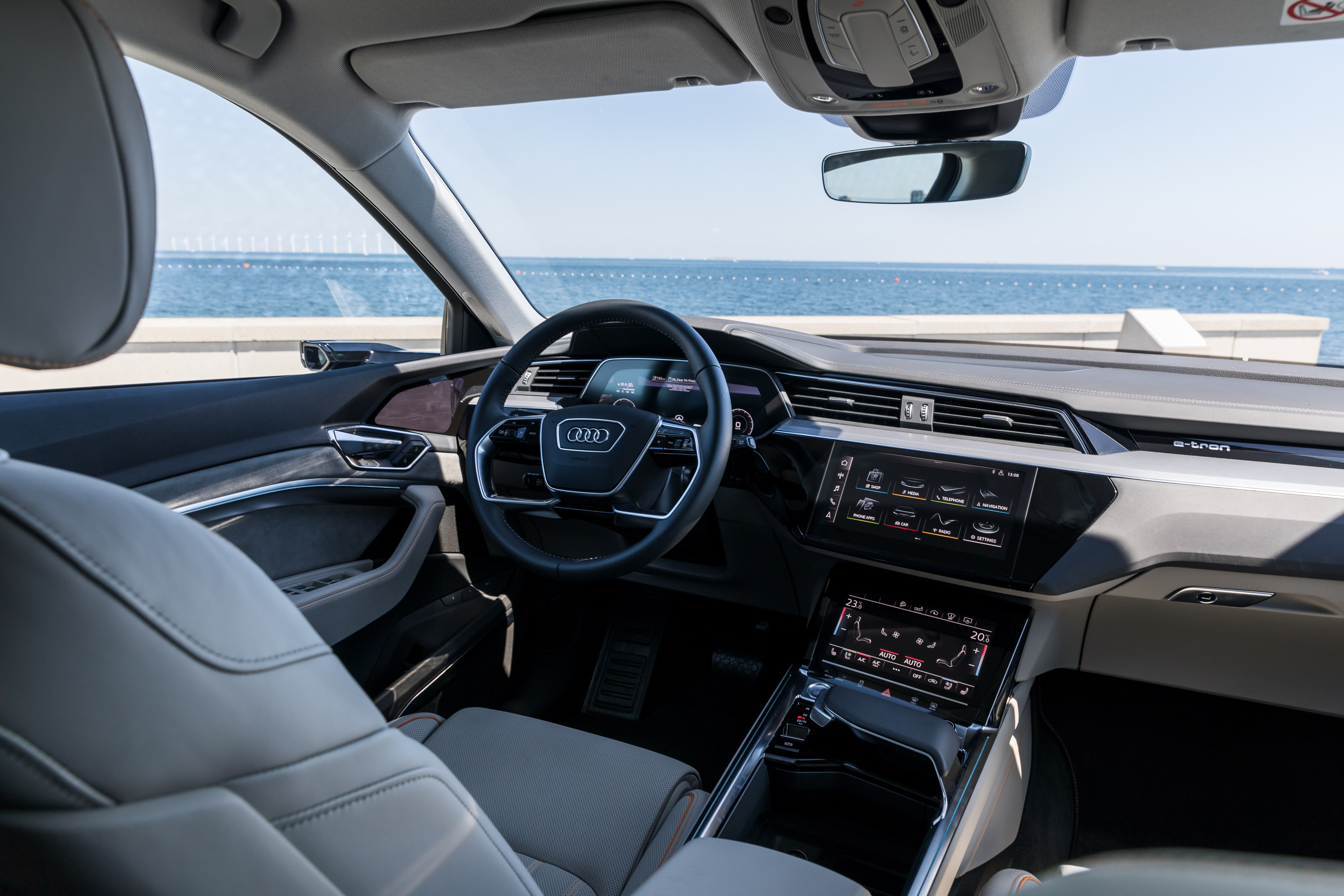
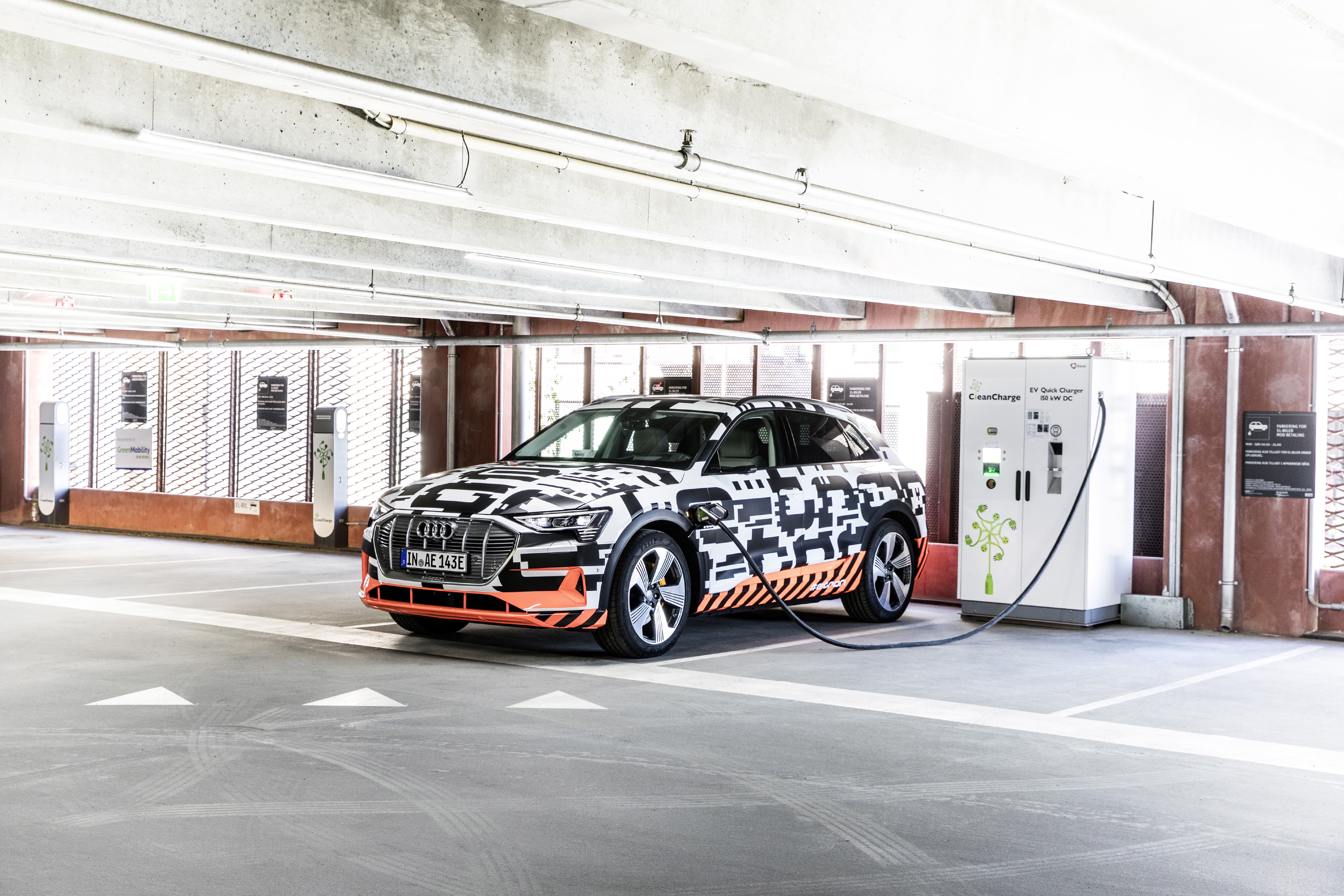
INFORMATION
For more information, visit the Audi website
Wallpaper* Newsletter
Receive our daily digest of inspiration, escapism and design stories from around the world direct to your inbox.
A writer and editor based in London, Nargess contributes to various international publications on all aspects of culture. She is editorial director on Voices, a US publication on wine, and has authored a few lifestyle books, including The Life Negroni.
-
 Mercedes-Benz previews its next-gen people mover with an ultra-luxury EV concept
Mercedes-Benz previews its next-gen people mover with an ultra-luxury EV conceptThe Mercedes-Benz Vision V Concept is an art deco picture palace on wheels, designed to immerse passengers in parallel worlds as they travel
By Jonathan Bell
-
 Visit this Michelin-star New York restaurant that doubles as an art gallery
Visit this Michelin-star New York restaurant that doubles as an art galleryArtist Mr.StarCity is exhibiting his emotionally charged yet optimistic ‘Bloomers’ portrait series at Frevo, a Greenwich Village hidden haunt
By Adrian Madlener
-
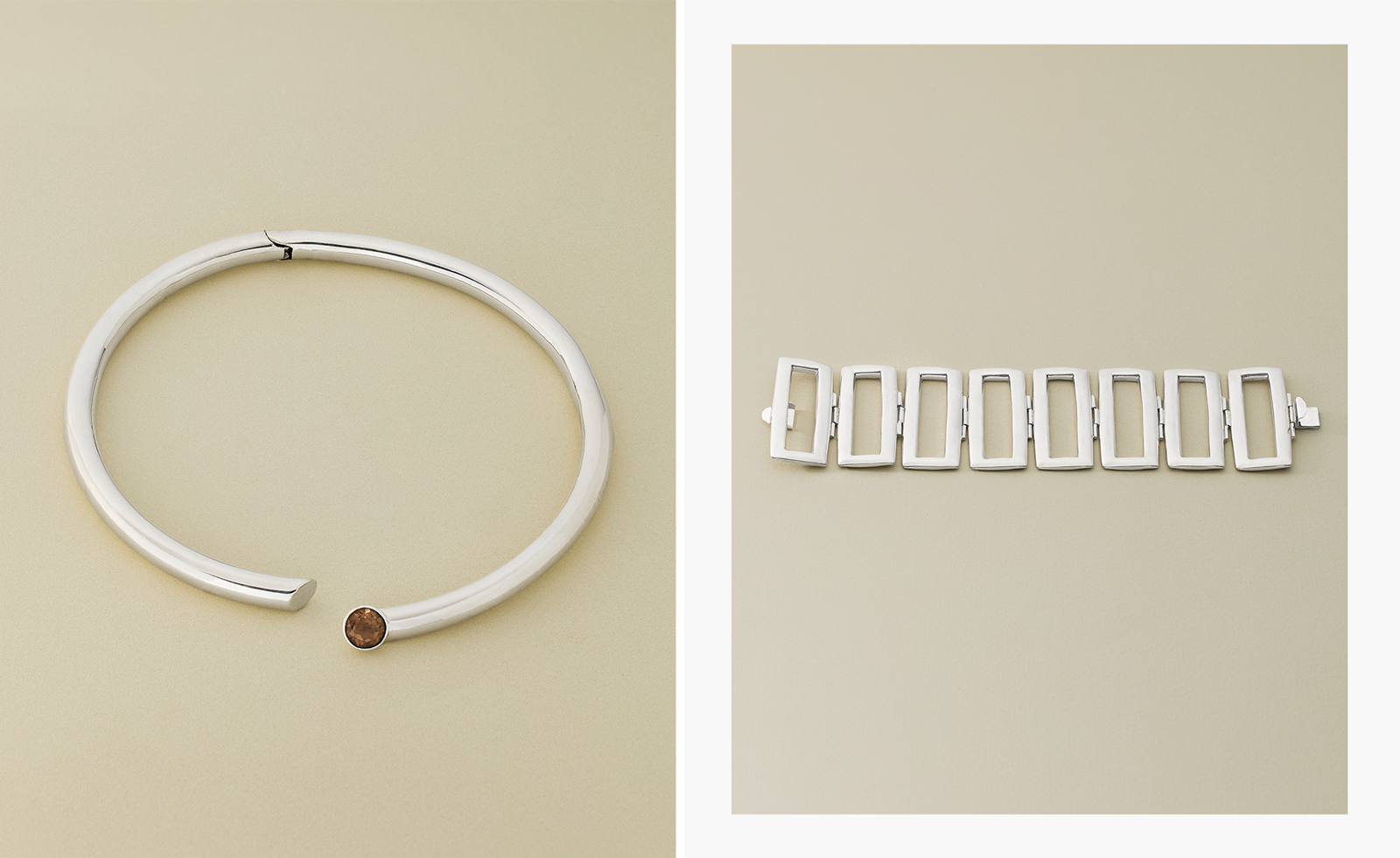 Nina Runsdorf brings classic jewellery back to life to mark 20 years
Nina Runsdorf brings classic jewellery back to life to mark 20 yearsNew York-based jewellery designer Nina Runsdorf celebrates her eponymous brand’s anniversary with a new jewellery collection, ‘Archive’
By Hannah Silver
-
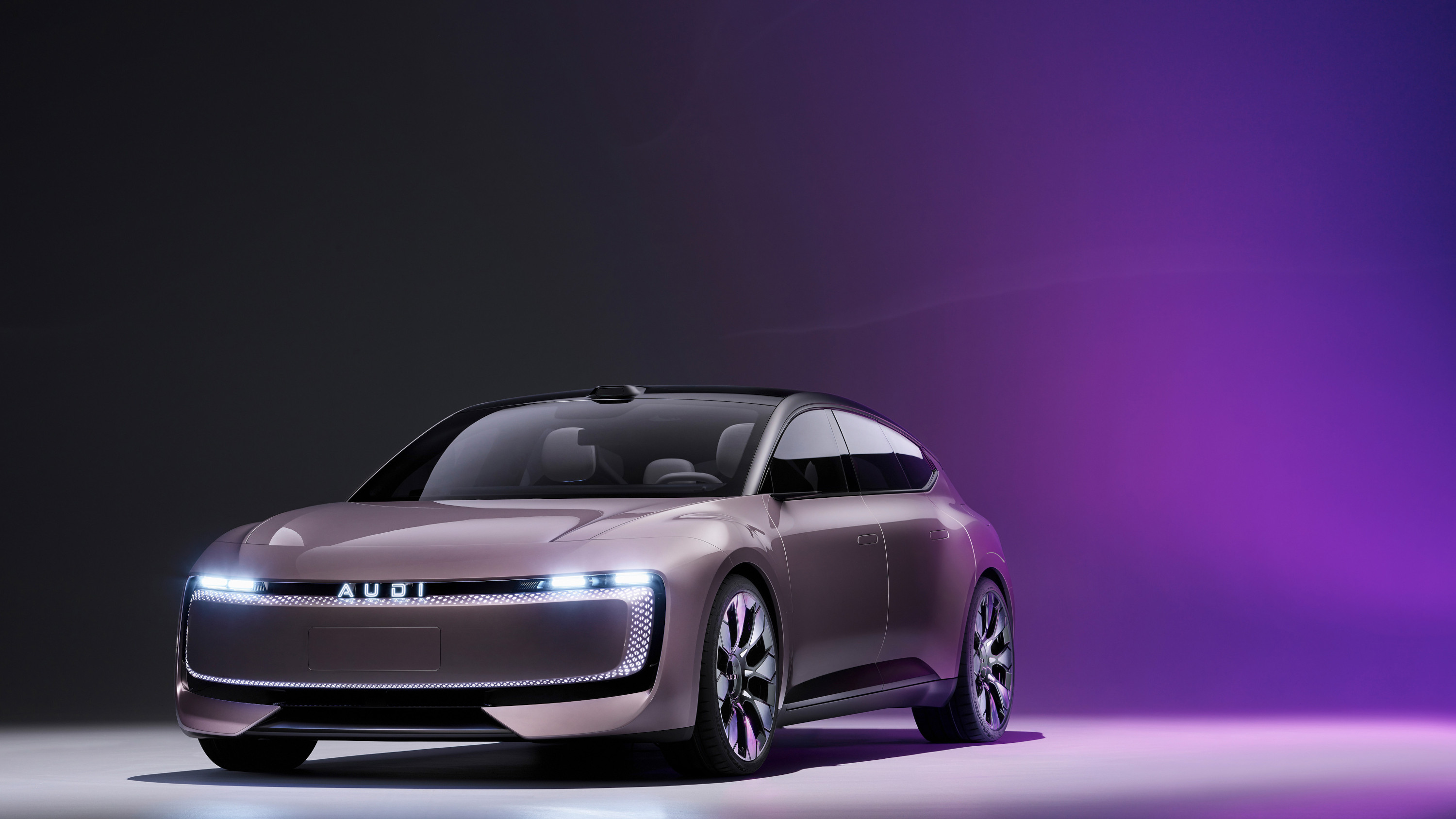 Audi launches AUDI, a China-only sub-brand, with a handsome new EV concept
Audi launches AUDI, a China-only sub-brand, with a handsome new EV conceptThe AUDI E previews a new range of China-specific electric vehicles from the German carmaker’s new local sub-brand
By Jonathan Bell
-
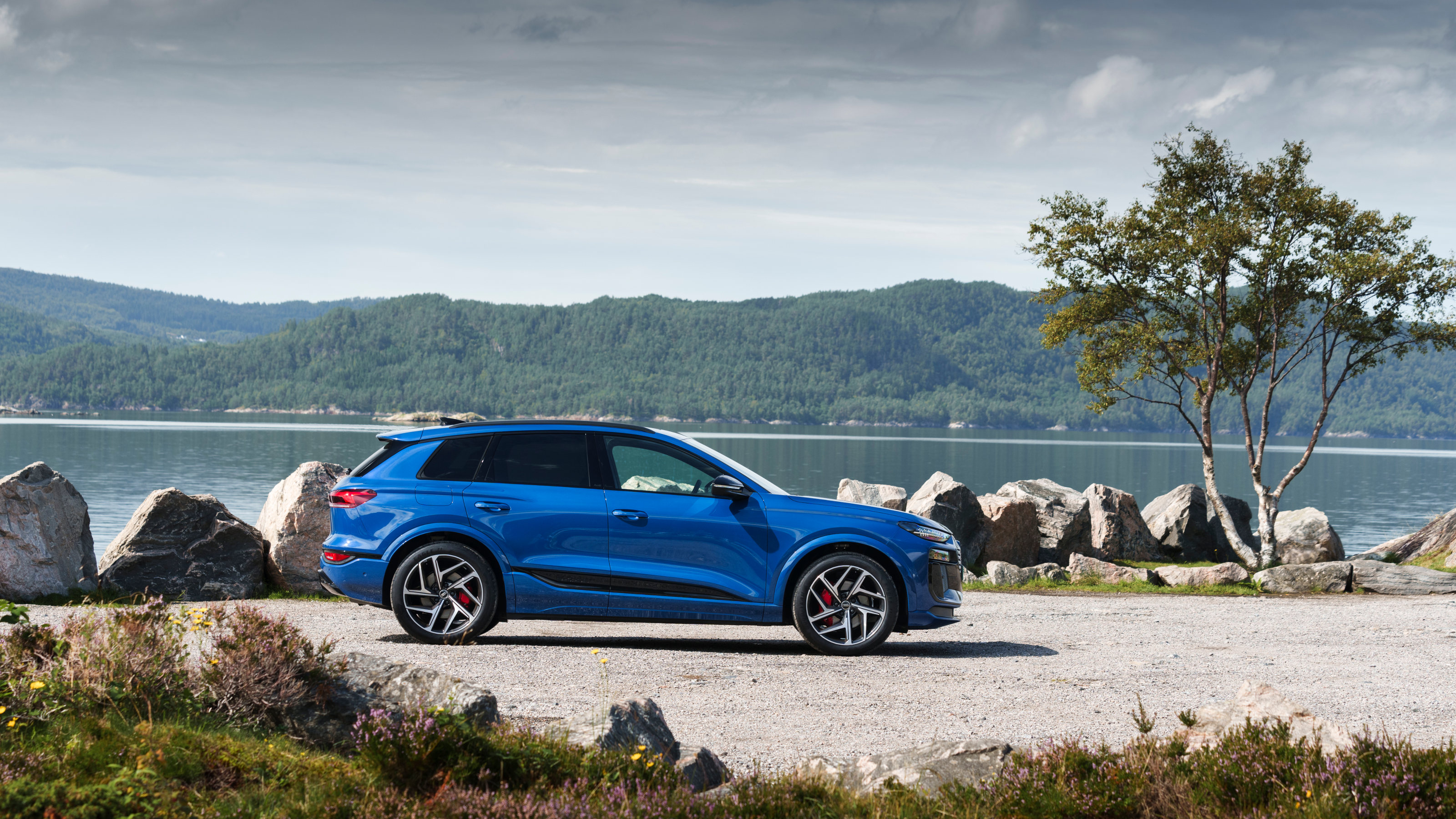 We take Audi’s new Q6 e-tron quattro around and across the fjords of Norway
We take Audi’s new Q6 e-tron quattro around and across the fjords of NorwayThe new Audi Q6 e-tron quattro is a pure EV that marks a new design direction for the German brand, setting new tech standards along the way. Transportation Editor, Jonathan Bell, takes it for a drive
By Jonathan Bell
-
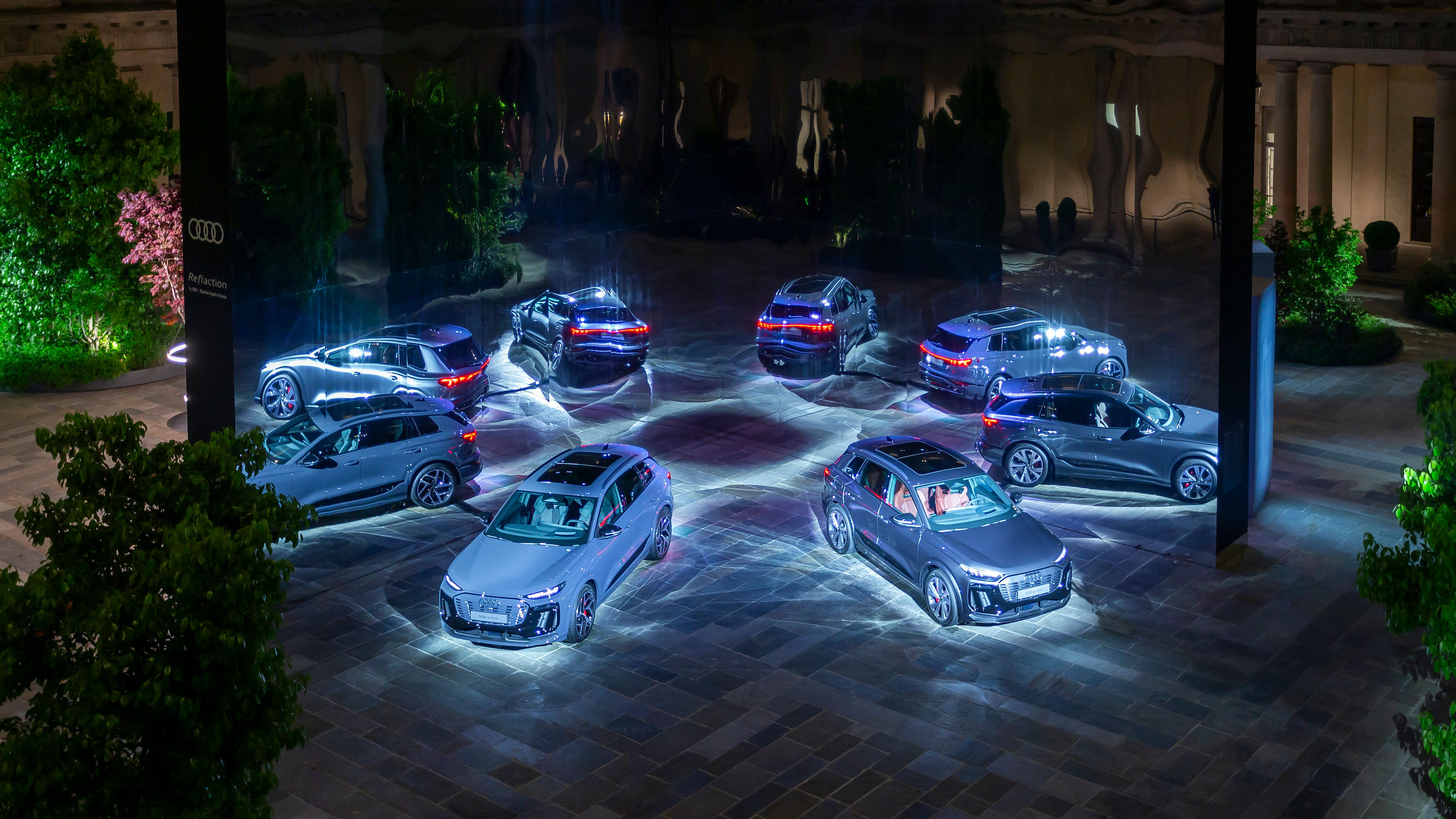 A deep dive into the new Audi Q6 e-tron, revealed at Milan Design Week 2024
A deep dive into the new Audi Q6 e-tron, revealed at Milan Design Week 2024The Audi Q6 e-tron is the brand's latest all-electric car, a stylish powerhouse launched at Audi’s House of Progress in Milan
By Shawn Adams
-
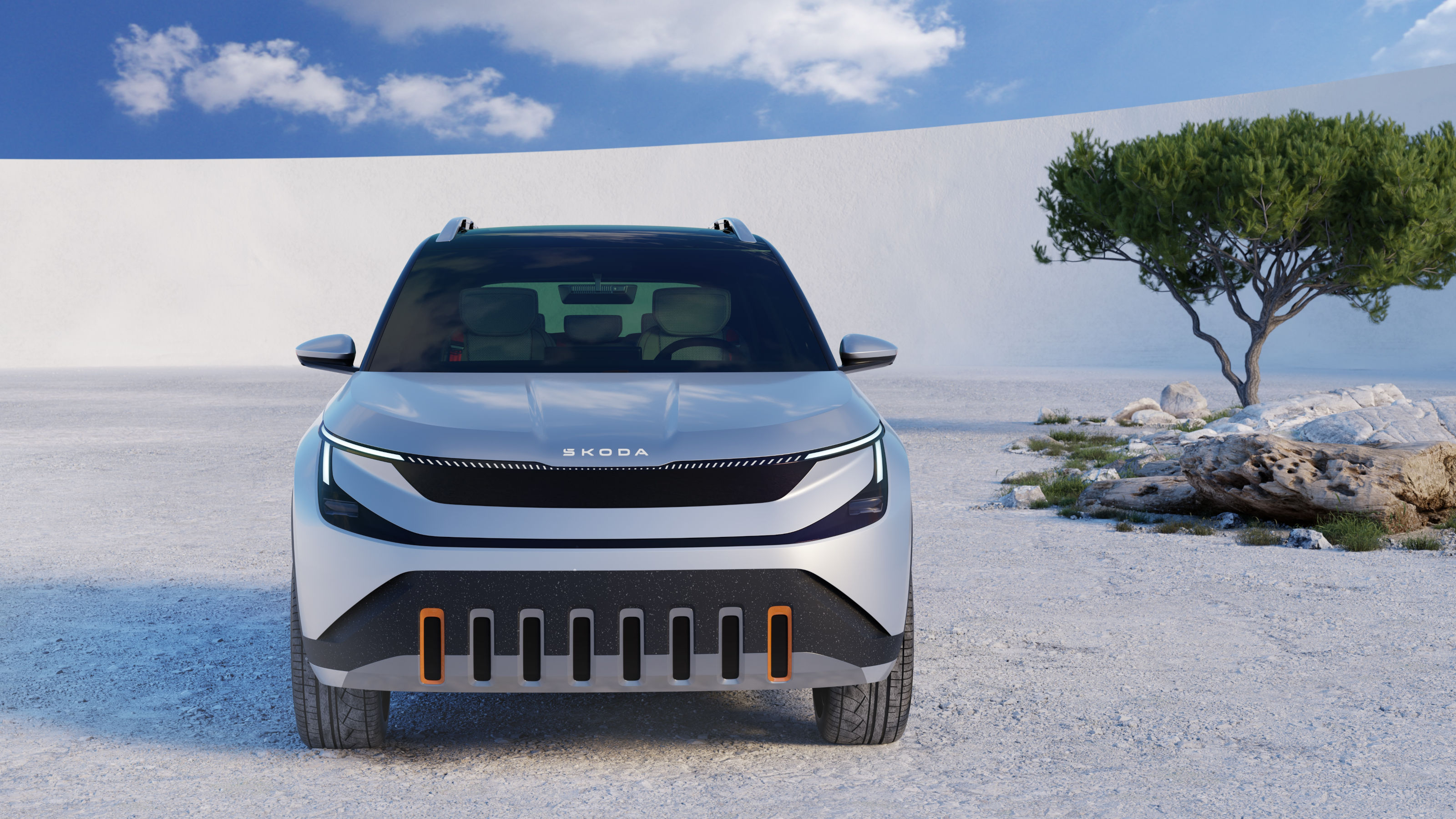 Coming soon: a curated collection of all the new EVs and hybrids that matter
Coming soon: a curated collection of all the new EVs and hybrids that matterWe've rounded up new and updated offerings from Audi, Porsche, Ineos, Mini and more to keep tabs on the shifting sands of the mainstream car market
By Jonathan Bell
-
 Farewell to the Audi TT, a design icon that evolved with the automotive landscape
Farewell to the Audi TT, a design icon that evolved with the automotive landscapeFor over 25 years, the Audi TT has been synonymous with the brand, a modern machine that initially favoured style over sport. The final editions are very different beasts to the original
By Jonathan Bell
-
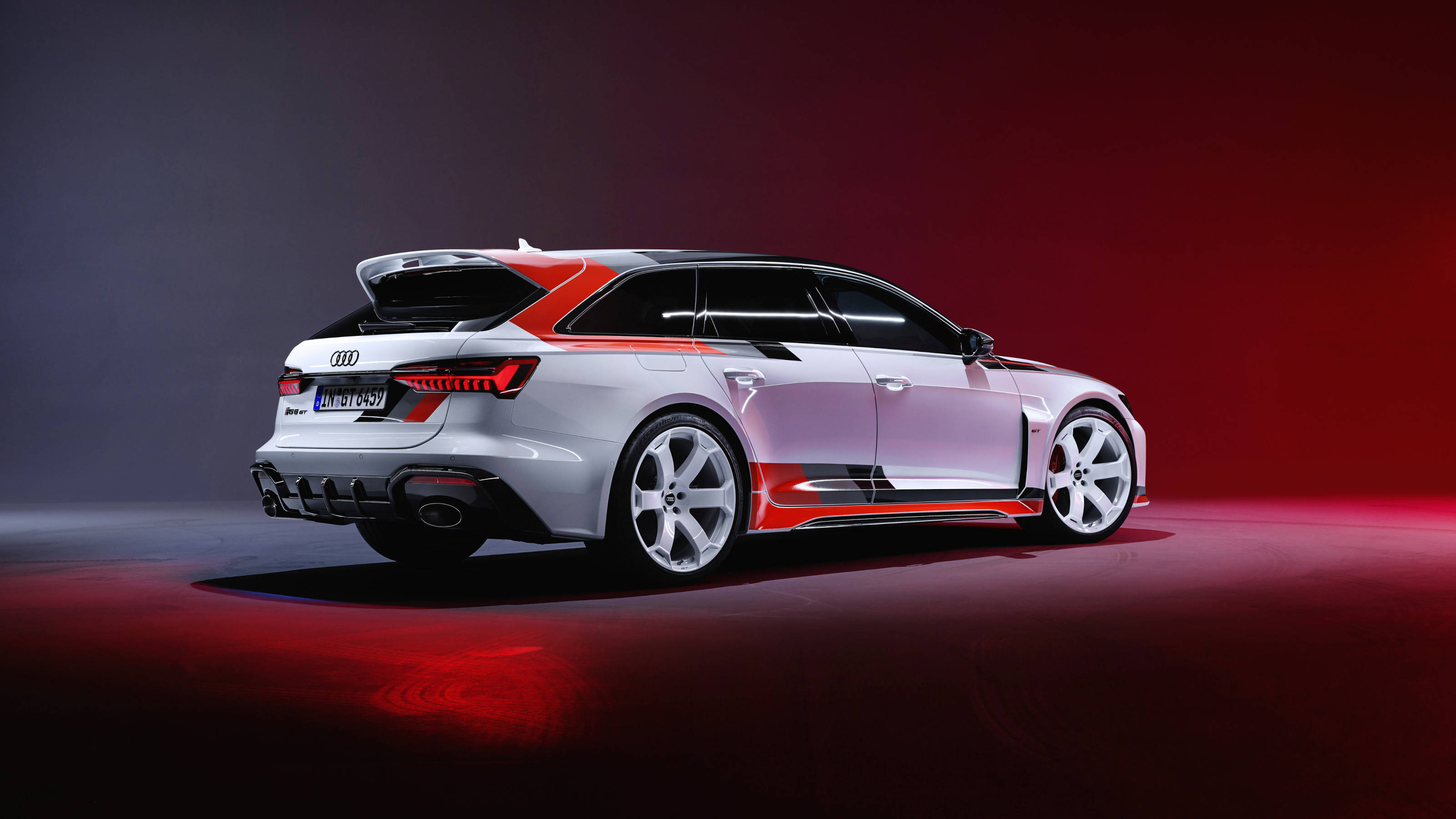 Audi RS6 Avant GT is an estate car that thinks it belongs on the track
Audi RS6 Avant GT is an estate car that thinks it belongs on the trackWith the Audi RS6 Avant GT limited-edition supercar, Audi Sport has gone all-out to create the ultimate hyper-estate
By Jonathan Bell
-
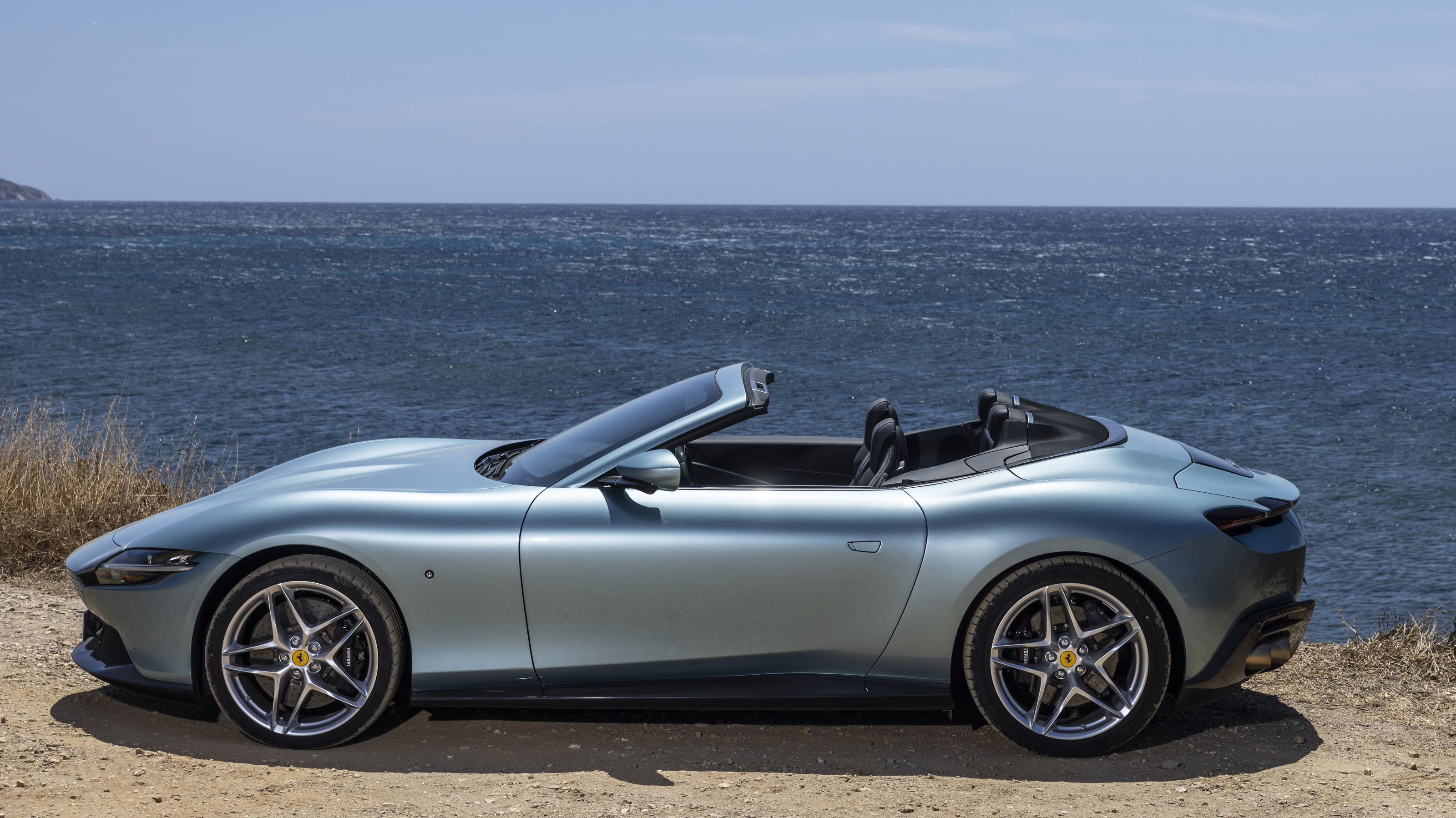 Year in review: the top 10 cars of 2023, as selected by Wallpaper’s Jonathan Bell
Year in review: the top 10 cars of 2023, as selected by Wallpaper’s Jonathan BellWhat were the best four-wheeled offerings of 2023? Transport editor Jonathan Bell takes us through the year’s most intriguing automobiles
By Jonathan Bell
-
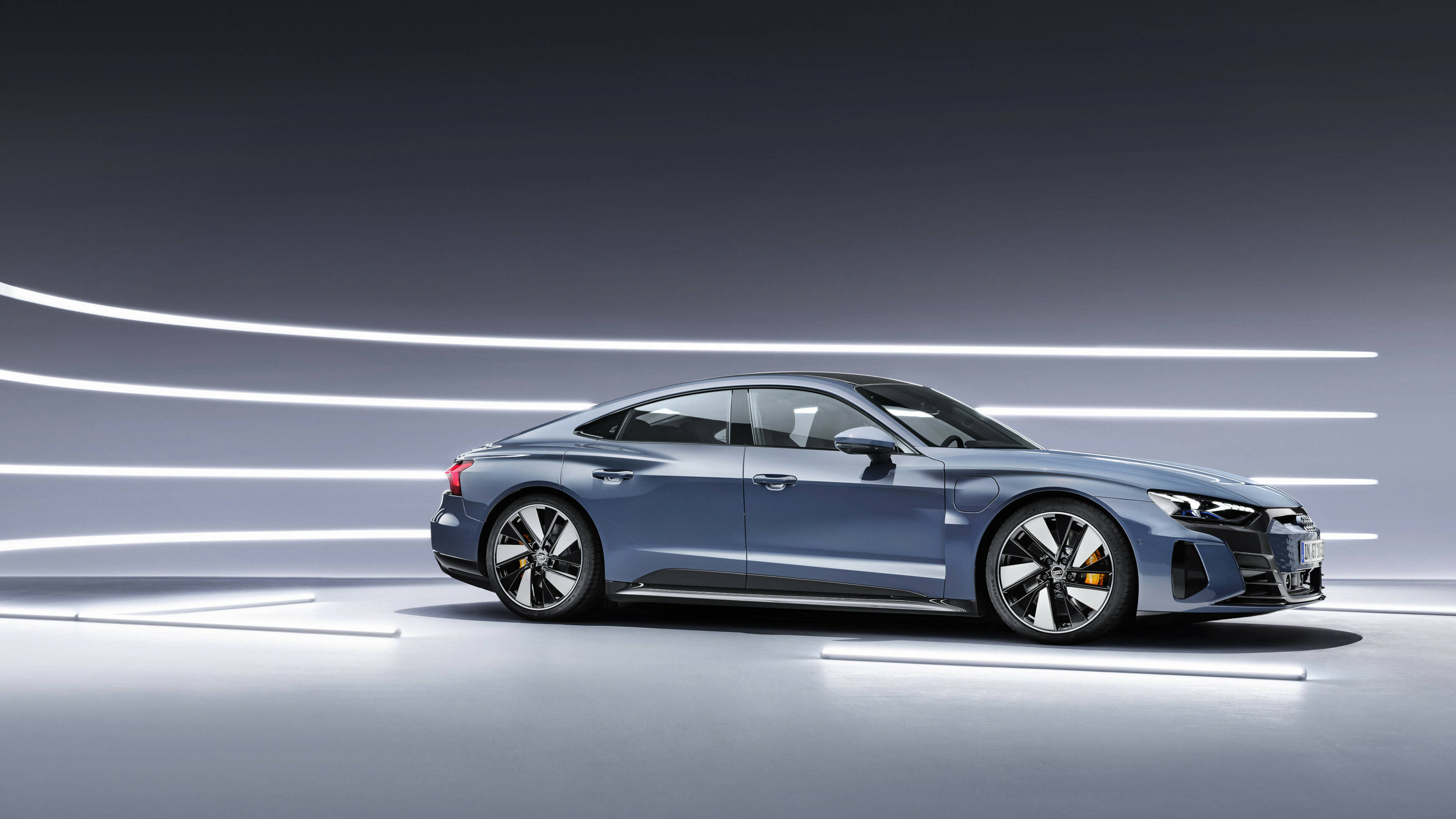 Audi e-tron GT quattro still pushes all the right buttons. But what happens next?
Audi e-tron GT quattro still pushes all the right buttons. But what happens next?Life behind the wheel of Audi’s elegant electric GT, plus a short history of the company’s e-tron series, from concept through to production
By Jonathan Bell